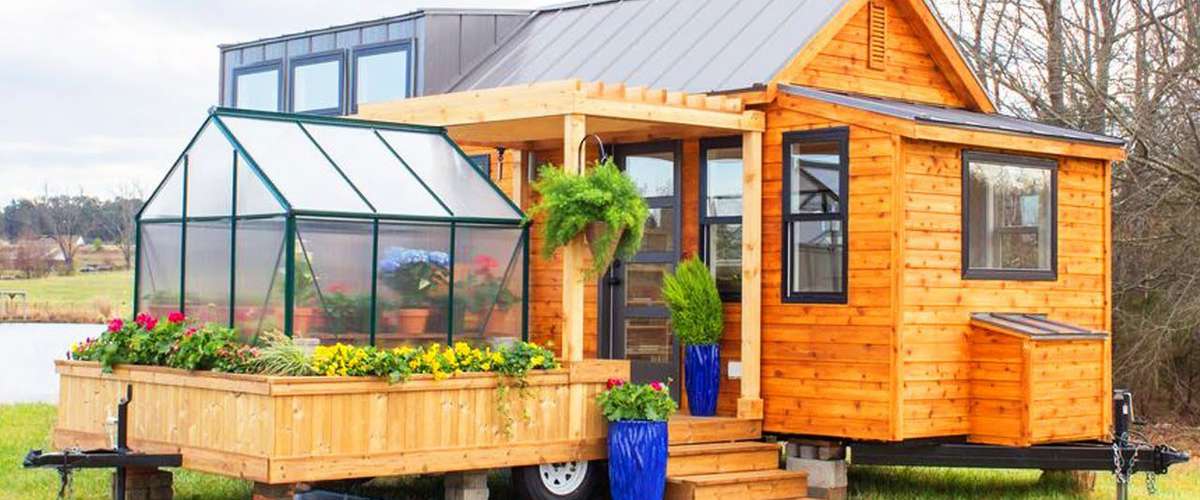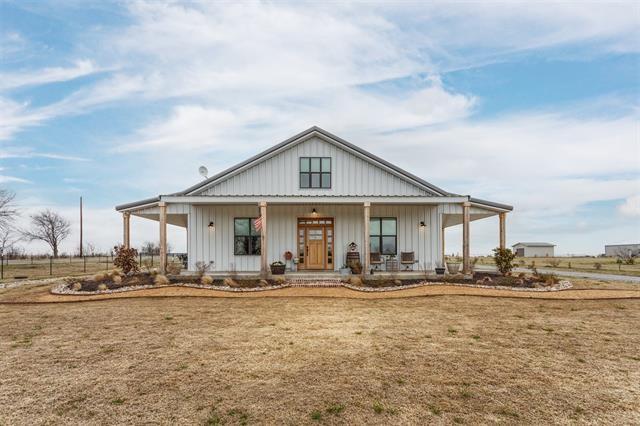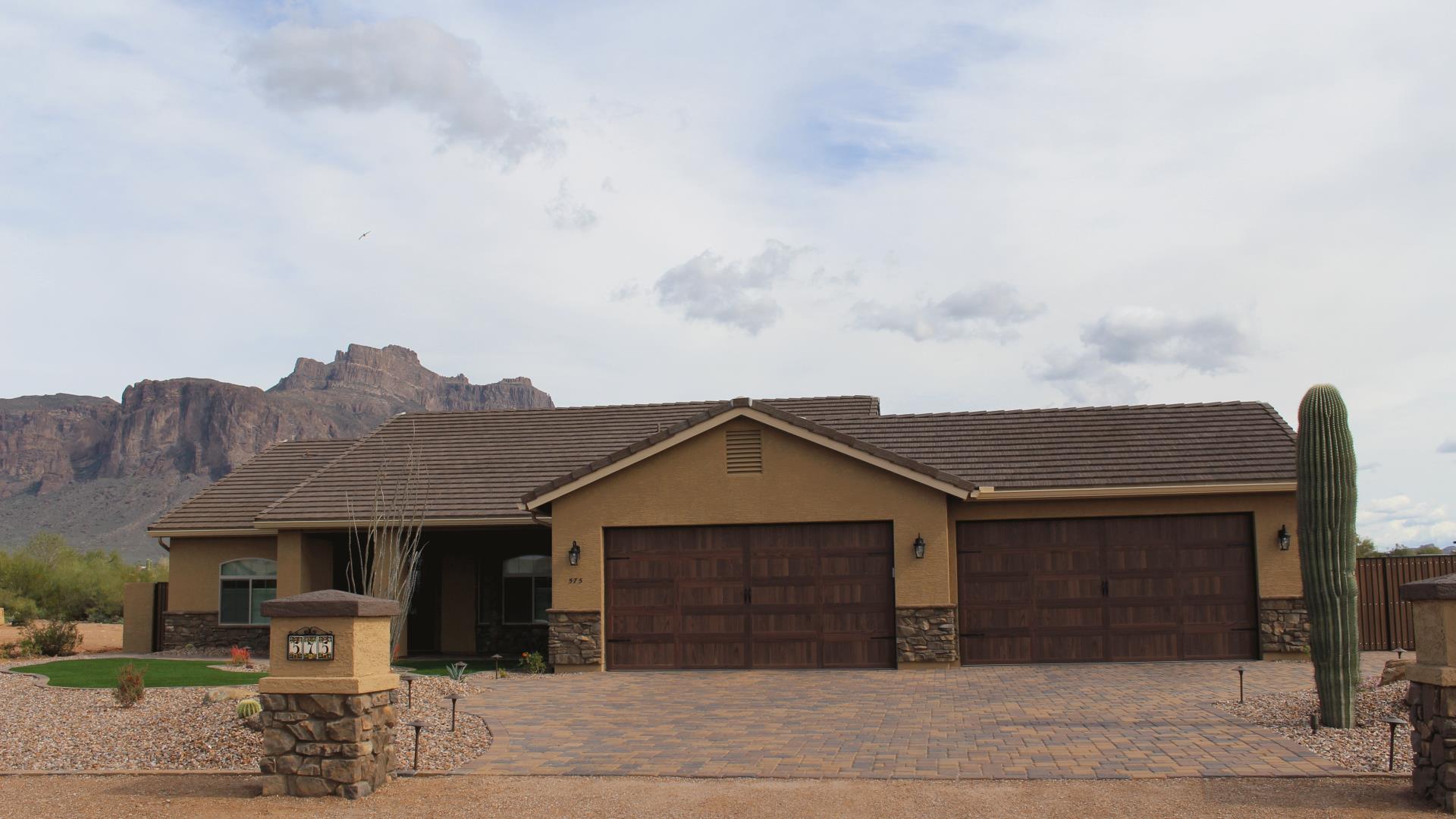
Converting your garage is a great way to increase the space in your garage, without building an extension. Before you commit to the project, it's important to weigh your options.
Convert your front of house
Garage conversions can involve removing the wall connecting your garage to the house. This can have a negative impact on the appearance of your property from the street. You can hire an architect to look at the possibilities for blending the spaces with the rest.
If your existing garage is set back from the house, you can utilise this space to create a sunroom or porch. You can enjoy the outdoors and increase the value of your house.
You can make the most from the space outside your garage by building a deck or fencing. You can enjoy the outside space surrounding your garage, while also making sure it is safe for your pets and children.

Slim decks add visual depth to your garage without looking bulky. This will improve your home's curb-appeal and make it more inviting.
Transform Your Garage into an ADU
Some homeowners choose to convert their garage into a fully functional ADU. If you decide to do this, it is important that you research all local regulations and zoning laws before you begin. This will prevent any potential problems, such as the need for building permits or restrictions about the parking space.
ADUs are great places to entertain friends and family, especially if you have a bar/entertainment space. A bar constructed from vehicle memorabilia as well as industrial fixtures adds a unique touch to the space, while also referencing its garage roots.
This design from Losada Garcia Architects is a wonderful example of how you can make your garage into something versatile. This design makes the space feel larger than it is because of the natural light and high ceilings.
Another option is to replace your garage doors with a windowed walls, such as this Studio Losada Garcia design. This will give the space a more open feel, and you'll be able to see out to your garden.

Internal insulation can help keep your garage warm and save you money on energy bills during the cold winter months. This involves lining interior walls with insulation panelling, rockwool, and connecting a wooden blockwork and a stud wall.
For the whole garage, spray foam and insulated plasterboard are options. This will help to reduce heat loss and prevent condensation.
FAQ
Why should I remodel my house rather than buy a new one?
Although it is true that houses become more affordable every year, you still pay for the same area. Even though you may get a lot of bang for your buck, you also pay a lot for that extra square footage.
It costs less to keep up a house that doesn't require much maintenance.
You can save thousands by remodeling your existing home rather than buying a completely new one.
Remodeling your home will allow you to create a space that is unique and suits your life. You can make your home more welcoming for you and your loved ones.
How should you renovate a home?
First, the roof. The second, the plumbing. The electrical wiring is third. Fourth, walls. Fifth, the floors. Sixth, windows. Seventh, the doors. Eighth is the kitchen. Ninth, the bathrooms. Tenth is the garage.
After all the above, you are now ready for the attic.
You might consider hiring someone who is skilled in renovating your house. Renovations take time, patience, and effort. You will also need to spend money. So if you don't feel like putting in the hours or the money, then why not let someone else do the hard work for you?
Renovations aren't cheap, but they can save you tons of money in the long run. A beautiful home can make your life easier.
How long does it take to remodel a bathroom?
Two weeks typically is required to remodel a bathroom. This can vary depending on how large the job is. Smaller jobs, such as adding a shower stall or installing a vanity, can be completed in a day or two. Larger projects like removing walls and installing tile floors or plumbing fixtures can take many days.
It is a good rule to allow for three days per room. This means that if there are four bathrooms, you will need 12 days.
What are the main components of a full kitchen renovation?
A complete kitchen remodel is more than just installing a new sink or faucet. You can also get cabinets, countertops or appliances, as well as flooring and plumbing fixtures.
Homeowners can remodel their kitchens completely without needing to do major work. This means that there is no demolition required, making the process easier for both homeowner and contractor.
Renovating a kitchen can involve a range of services including plumbing, heating and cooling, painting, and even drywall installation. Complete kitchen remodeling may require multiple contractors, depending on how extensive the renovation is.
Professionals with years of experience working together are the best way ensure a successful kitchen remodel. Small issues can lead to delays when there are many moving parts involved in a kitchen remodel. DIY is a good option, but make sure to plan ahead and have a back-up plan in case something goes wrong.
What is the difference between renovation and remodel?
Remodeling is the major alteration to a space or a part of a space. A renovation refers to minor changes made to a particular room or area of a given room. A bathroom remodel can be a large project while an addition to a sink faucet can be a small project.
Remodeling involves replacing a complete room or a part of a entire room. Renovating a room is simply changing one aspect of it. A kitchen remodel could include replacing countertops, sinks and appliances as well as changing lighting and paint colors. An update to a kitchen could involve painting the walls or installing a new light fixture.
Remodeling a kitchen or bathroom is more expensive.
Remodeling a bathroom and kitchen can be costly. It might be more cost-effective to upgrade your home than you think, given how much you spend each month on energy bills.
An inexpensive upgrade can save you thousands of dollars every year. A few easy changes like adding insulation to ceilings or walls can reduce heating/cooling costs by as much as 30%. Even a small addition can increase comfort and resale values.
Remember to choose durable and easy-to maintain products when you are planning your renovations. Materials such as porcelain tile, stainless steel appliances, and solid wood flooring last longer and require fewer repairs than vinyl or laminate countertops.
You might find that upgrading to newer fixtures can cut down on utility costs. Low-flow showerheads or faucets can help reduce water usage by up 50 percent. You can reduce your electricity consumption by replacing inefficient lighting bulbs with compact fluorescent lights.
Statistics
- About 33 percent of people report renovating their primary bedroom to increase livability and overall function. (rocketmortgage.com)
- According to a survey of renovations in the top 50 U.S. metro cities by Houzz, people spend $15,000 on average per renovation project. (rocketmortgage.com)
- 57%Low-end average cost: $26,214Additional home value: $18,927Return on investment: (rocketmortgage.com)
- bathroom5%Siding3 – 5%Windows3 – 4%Patio or backyard2 – (rocketmortgage.com)
- 55%Universal average cost: $38,813Additional home value: $22,475Return on investment: 58%Mid-range average cost: $24,424Additional home value: $14,671Return on investment: (rocketmortgage.com)
External Links
How To
How do you plan your bathroom budget?
You must ensure you have the financial ability to pay for any remodeling project. How will you pay for it later if your budget isn't available now?
It is important to plan carefully and understand the costs involved in a bathroom renovation. A bathroom remodeling project is quite expensive, and several factors contribute to its cost.
Labor costs are one of your biggest expenses. Labor costs vary depending on the size of the job and whether you hire a professional contractor or a DIYer. Professional contractors are usually more expensive than DIYers because they have the experience and expertise.
Materials are another big expense. Depending on your type of material, prices may range anywhere from $100 to $1000 per square foot.
There is also the cost to energy. This includes both gas and electricity bills. Peak demand times are when energy prices tend to increase.
You also have to consider the time required to complete the project. Bathroom renovations are usually a time-consuming project that requires patience and patience. Some projects can take weeks to finish, while others can take months.
Other than these three main categories, smaller items such paint, wallpaper, and flooring can add to the project’s overall cost.
To help you determine the best way to approach your bathroom remodeling project, here are some tips to keep in mind:
-
Determine your budget - Before beginning any remodeling project you need to know what you can afford. It doesn’t matter if your budget is tight or not. The key is to set a realistic budget, so you know exactly where you stand financially.
-
Plan ahead - Try to plan your bathroom remodeling for the off-season if you can. Winter months are known for having lower energy consumption, so you can save on cooling and heating costs. It is possible to schedule your remodel at night, when the majority of people use the bathroom.
-
Shopping around - Once you've established your budget, start looking at potential vendors. There are many options for you. These include local businesses, online sellers, friends, family, and even relatives who may be willing or able to work with your project.
-
Select an Estimator - After you have identified potential vendors, contact each one to obtain estimates. You want to make sure you get multiple quotes to ensure you are getting competitive pricing.
-
Get multiple estimates - Once you have received your initial estimates, compare them to find the best price. Once you have located the vendor, ask them to send you a written estimation.
-
Be sure to include all costs - Include everything you will spend on the project when you prepare an estimate. Particularize on any fees, taxes, permits or other requirements that may be applicable to your area.
-
Don't Neglect Small Details - While planning your bathroom remodel, you should also pay attention to small details. Is it necessary to replace the toilet? Is there enough room to install a shower curtain rod or a shower curtain? These adjustments can easily raise the cost of the project.
-
Consider insurance - Your bathroom remodel will have a significant impact on your insurance coverage. Avoiding insurance can lead to additional costs down the line.
-
Hire A Professional - Finally, once you have completed your bathroom remodel, always hire a professional to install the final fixtures. While you might be able to handle the job yourself, it is much easier to let someone else do it properly.